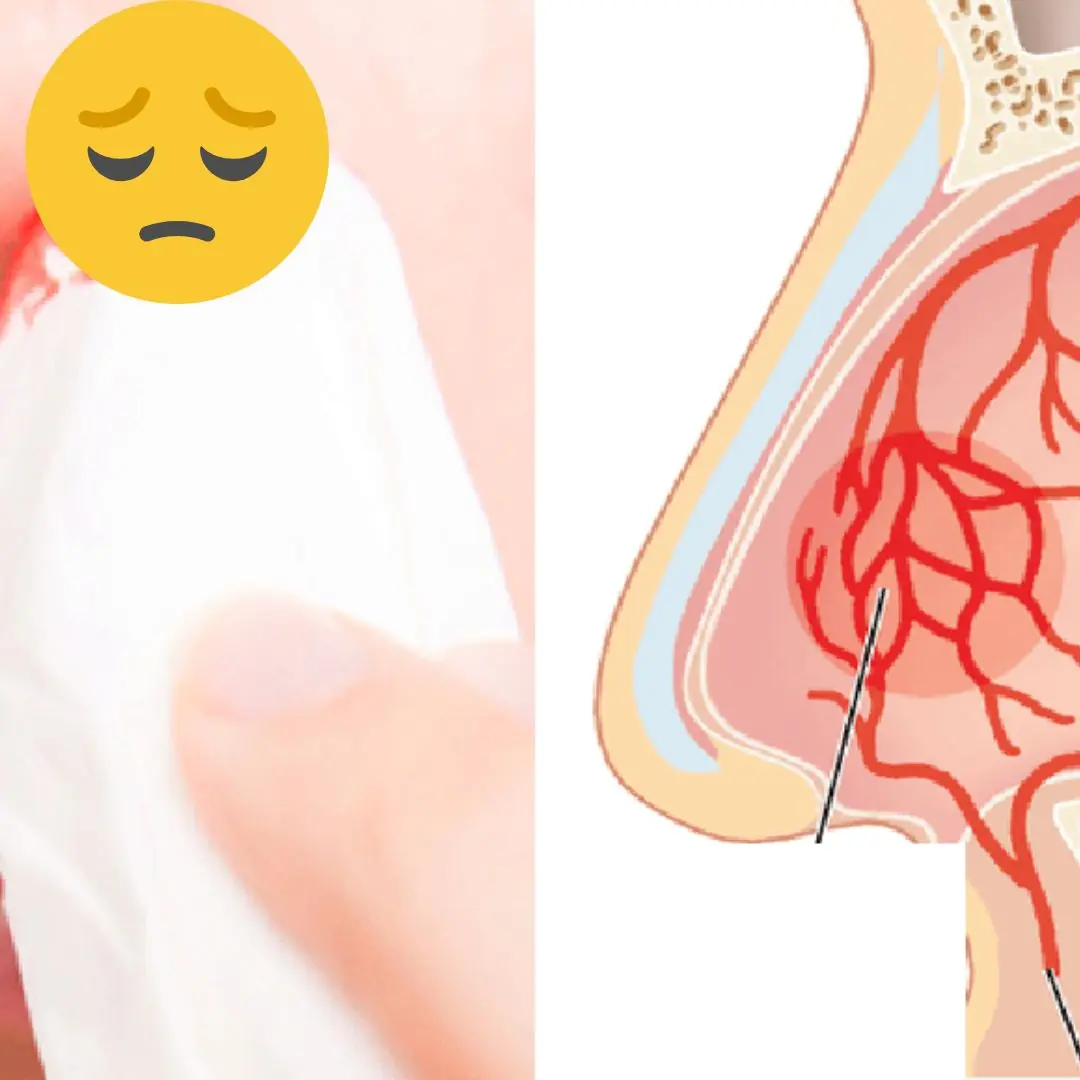
‘World’s Deadliest Food’ Kills More Than 200 People a Year — But Millions Still Eat It
It’s fragrant, refreshing, and a staple in many Southeast Asian kitchens — but did you know that one of the world’s most surprising “deadly foods” might be sitting in your pantry?
We’re talking about pueraria, commonly known as kudzu root or sắn dây in Vietnam. Despite its natural health benefits and centuries of traditional use, this innocent-looking plant has a dark side. Each year, over 200 people are believed to die globally from improper preparation or confusion with toxic look-alikes — and yet, millions still consume it daily.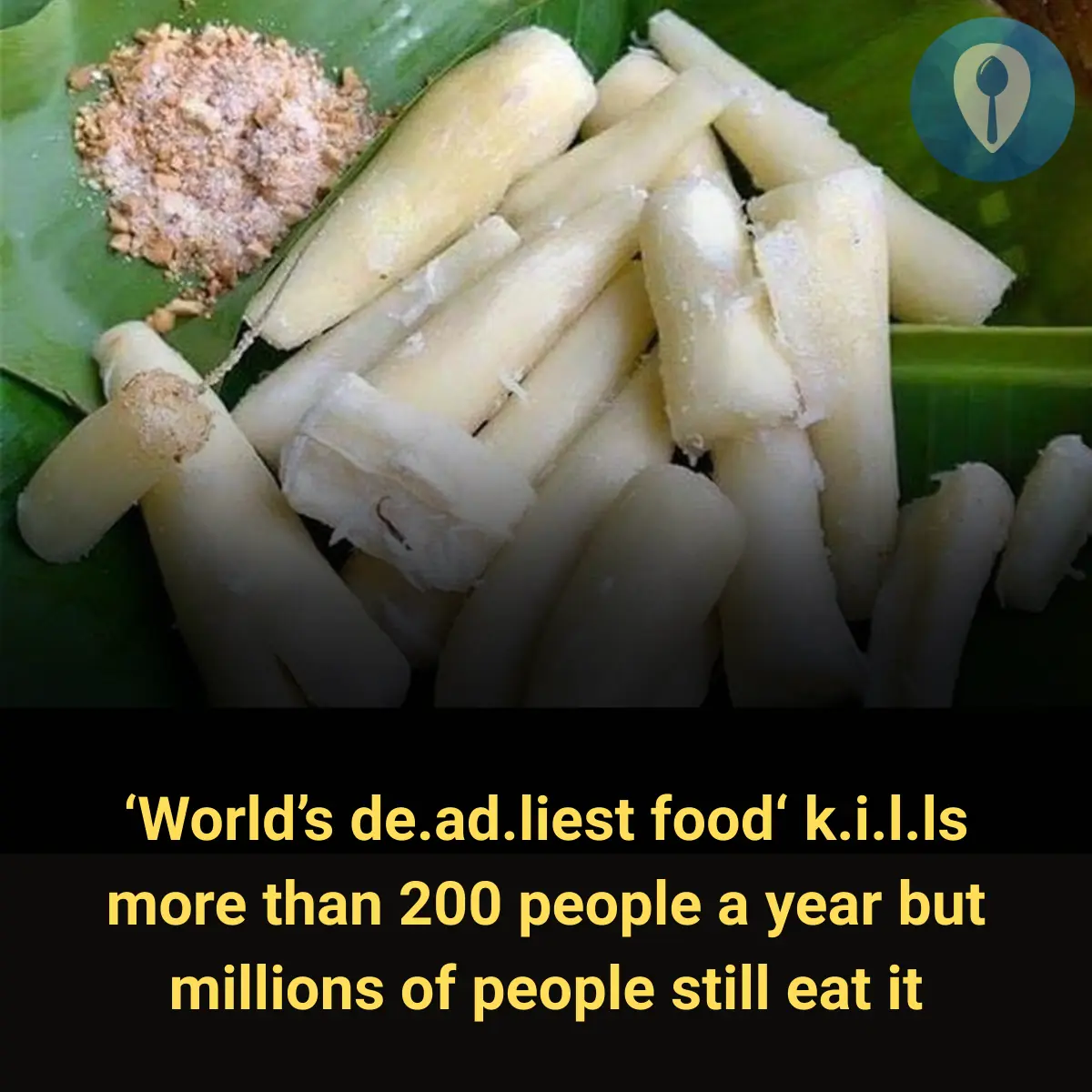
A Traditional Superfood — With a Catch
Kudzu root has long been praised in Eastern medicine for its cooling properties, ability to relieve headaches, support digestion, and balance the body’s energy. In Vietnam, a cool glass of sắn dây powder mixed with water is a go-to summer drink. In Japan and China, it’s used in soups, teas, and herbal remedies.
But not all kudzu is created equal.
The Danger Lies in the Mistake
The real threat doesn’t come from properly processed sắn dây — it comes from wild harvesting, poor quality control, and most dangerously, confusion with similar-looking but toxic plants, such as certain types of yam (like Dioscorea species) or other non-edible roots.
Some of these poisonous look-alikes contain harmful alkaloids or cyanogenic compounds that can shut down the nervous system or cause severe liver damage, especially if consumed raw or under-processed. In rural areas where knowledge of proper identification is fading, tragic accidents still occur.
Why People Still Eat It
Despite the risk, millions continue to enjoy sắn dây across Asia — and for good reason:
-
It’s affordable and widely available.
-
It’s rich in isoflavones, which are believed to support heart health and hormone balance.
-
It’s part of cultural tradition and home remedies passed down through generations.
-
When prepared correctly, it’s completely safe — and even beneficial.
How to Stay Safe
If you love sắn dây, here’s how to enjoy it responsibly:
-
Buy from trusted sources with clear labeling and origin.
-
Avoid wild harvesting unless you are trained in plant identification.
-
Do not eat raw roots — proper drying and processing is essential.
-
Teach others the difference between edible kudzu and toxic look-alikes.
Many people are also unaware that this everyday drink could become dangerous if misidentified. The line between healing and harm in nature is razor-thin — and knowledge is the key to staying safe.
So next time you stir up a glass of sắn dây, enjoy it — but respect it, too.
News in the same category

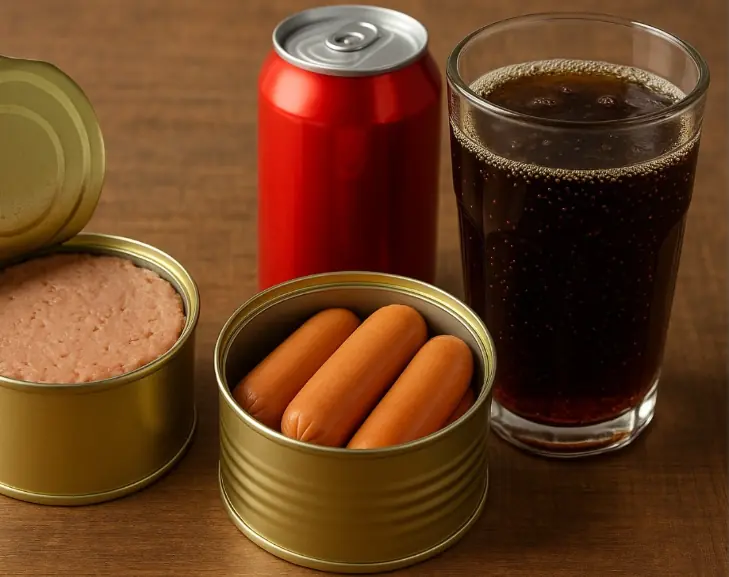
5 common foods that ha.rm your li.ver

5 Eye Symptoms That May Signal Your Li.ver Is Crying for Help – Women, Don’t Ignore These if You Want to Stay Healthy Every Day
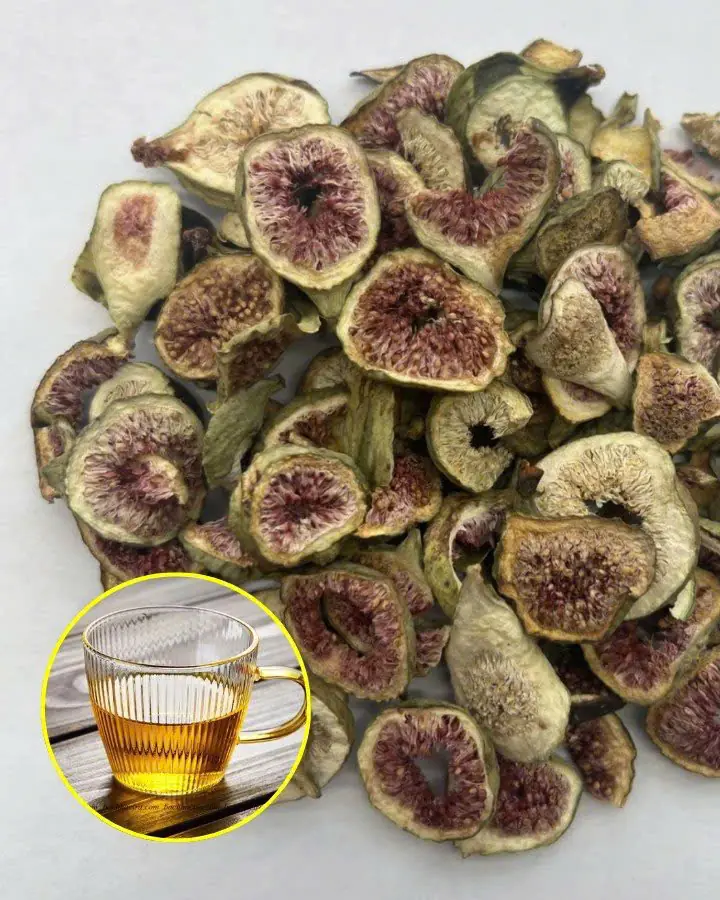
Dried fruit becomes "tonic" Drink water every day to live healthy and long
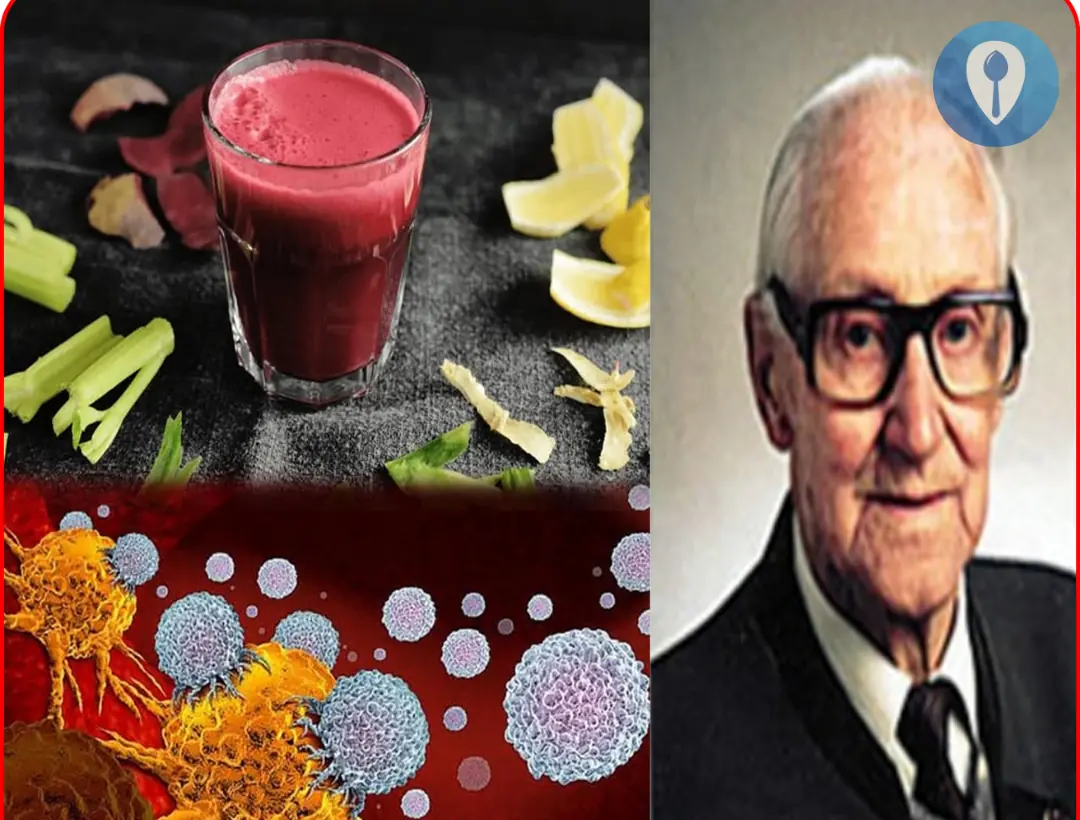
Ca.nc.er cells destroyed in 42 days with a glass of juice has been successful

Himalayan fungus compound tweaked for 40x anti-c.a.n.cer boost, Scientists Say

8 Early Warning Signs of Sto.mach Can.cer: See a Doctor If You Have Even One

101-Year-Old Nutrition Professor Shares 7 Rules for Longevity and Health — Still Drives Around the World by Himself
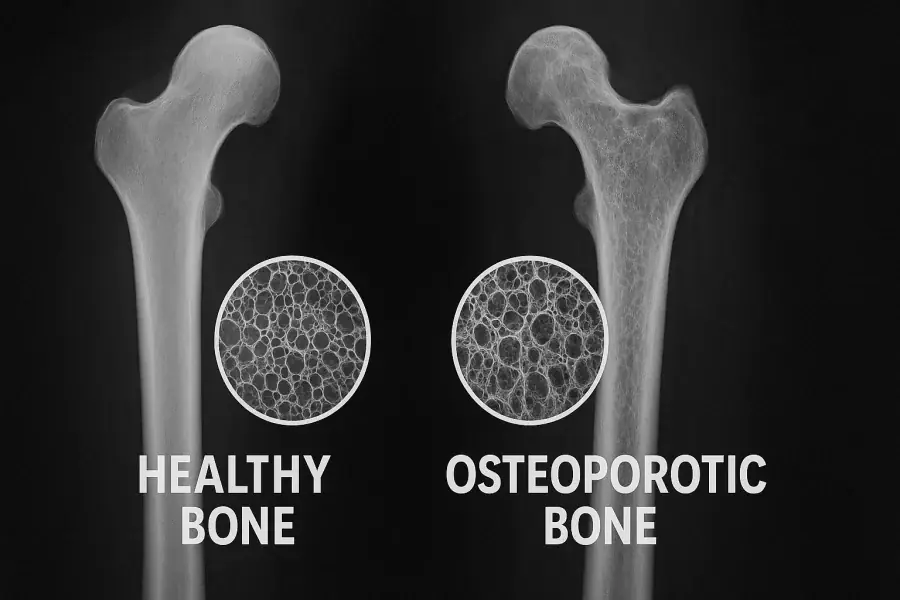
The Hidden Culprits Behind Osteoporosis: 3 Popular Beverages You Should Watch Out For
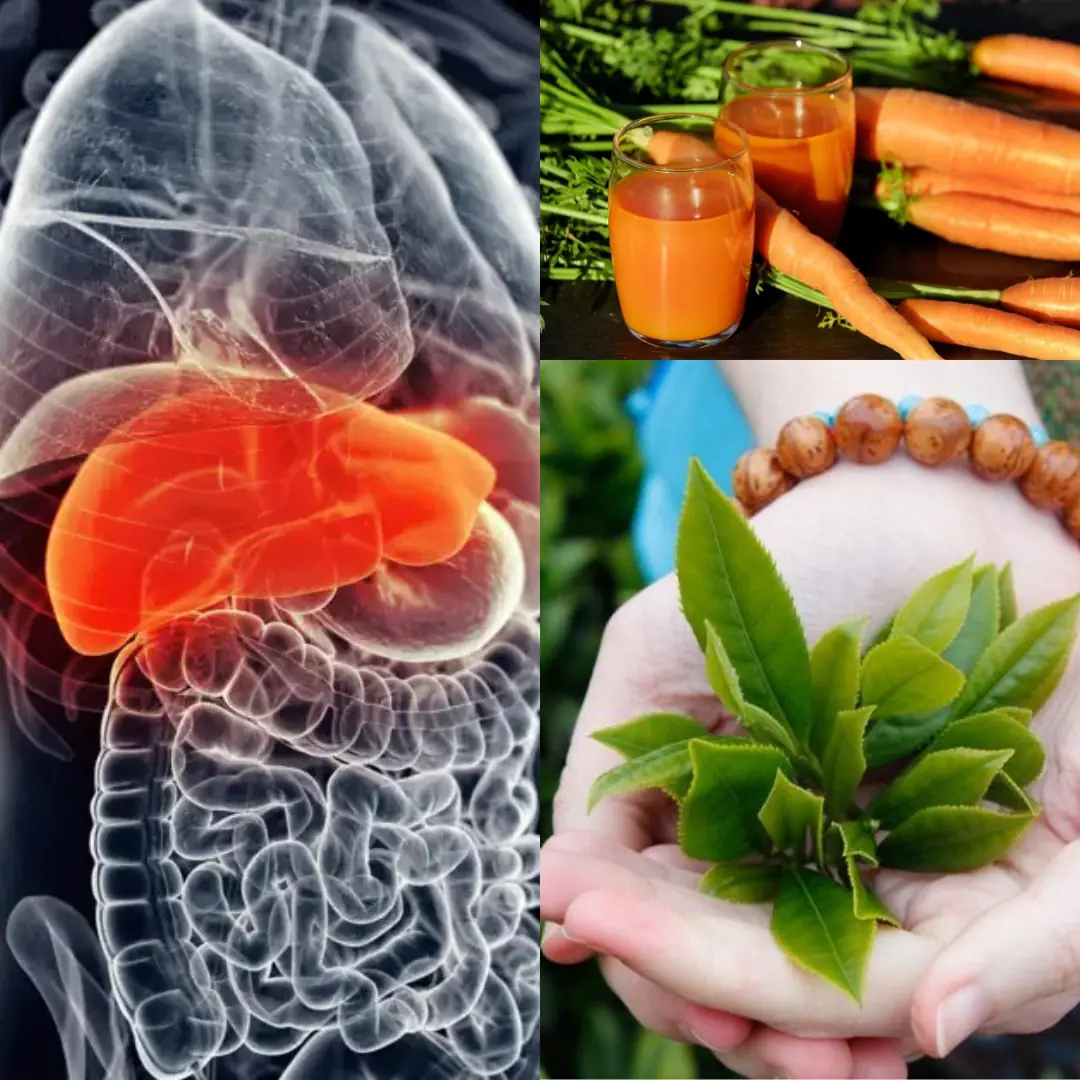
9 drinks that can naturally reduce liver fat in just 2 weeks

Prevent Bad Blood Fats from ‘Flooding’ Your Bloodstream by Drinking This Highly Beneficial Beverage

Doctors Warn of Alarming Health Risks of Sleeping with a Fan On During Hot Weather
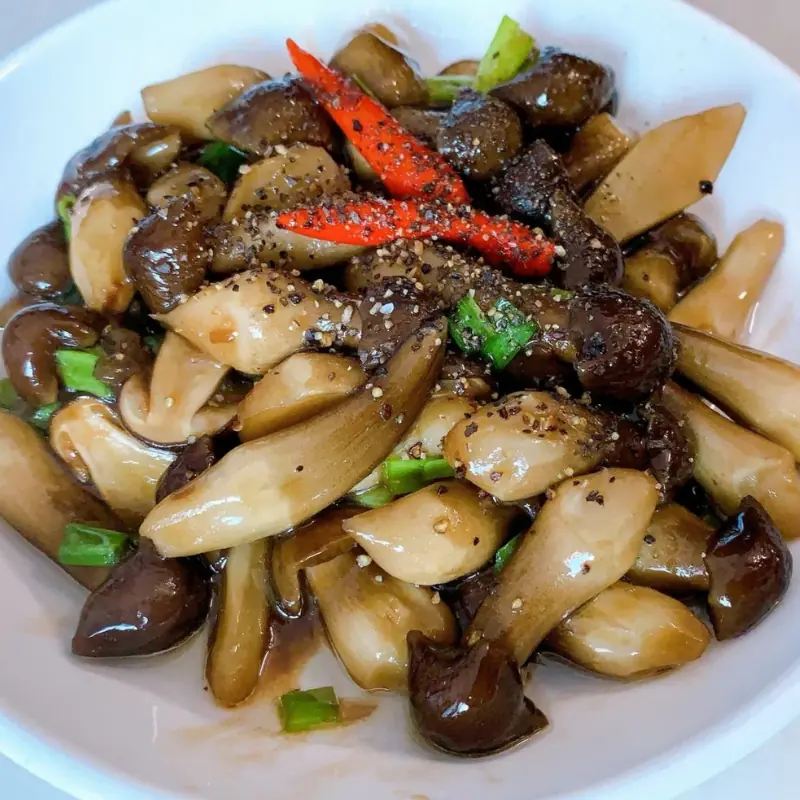
Reheating These 6 Dishes Could Turn Them into "Poison"

The Silent Threat: A Dangerous Disease Affecting 1 in 3 Asian Adults
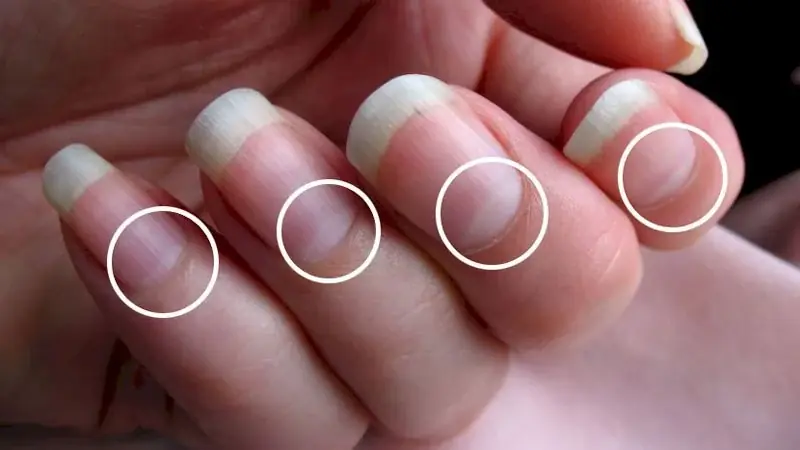
Don’t Wait Until You’re Hospitalized to Regret It: Your Fingernails Have Been Warning You of a Serious Illness for Months!

More and More People Are Suffering From Cere.bral Infar.ction – Doctors Warn: Avoid These 3 Post-Meal Habits That Can Accelerate the Risk

A Sincere Warning: Always Wear Gloves When Doing These 7 Things—Or Risk Har.ming Your Health

51-Year-Old Man Shoc.ked to Discover Brain Dam.age: The “Culprit” Is 4 Favorite Dishes Many People Love

Women Who Do These 3 Things in the Morning Tend to Accumulate Less “To.xins,” Stay Younger, and Maintain a Great Figure
News Post
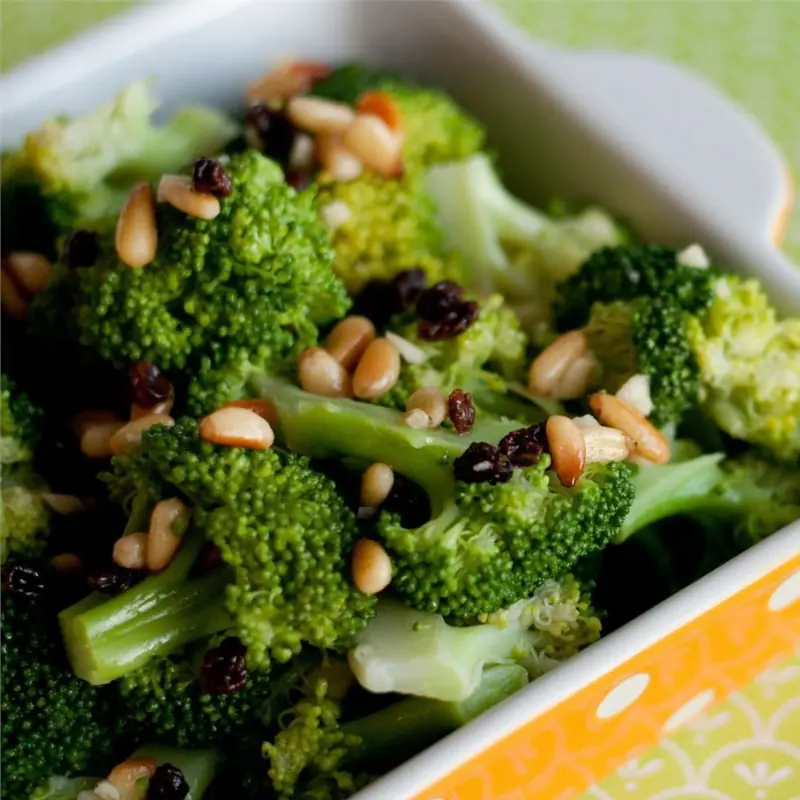
The Vegetable Dubbed the “King” of Cancer Prevention: Prepare It Right, and Its Benefits Multiply
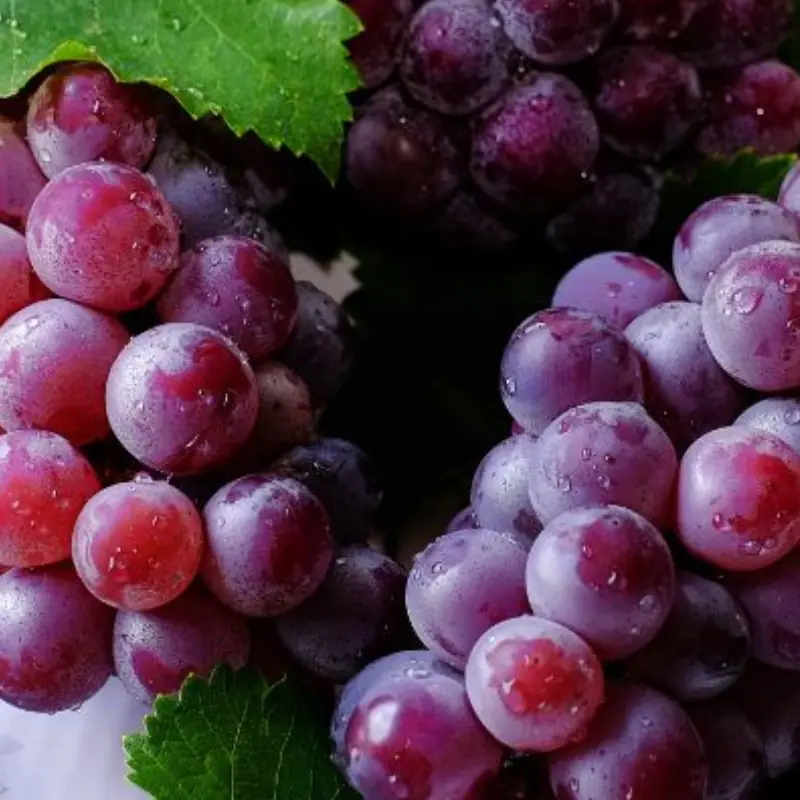
Eating These 4 Fruits Regularly Can Harm Your Liver Even More Than Alcohol — But Many People Don’t Know It!

Why do flight attendants like to bring a banana on the plane?

What are the symptoms of no.seble.eds and when should you see a doctor?
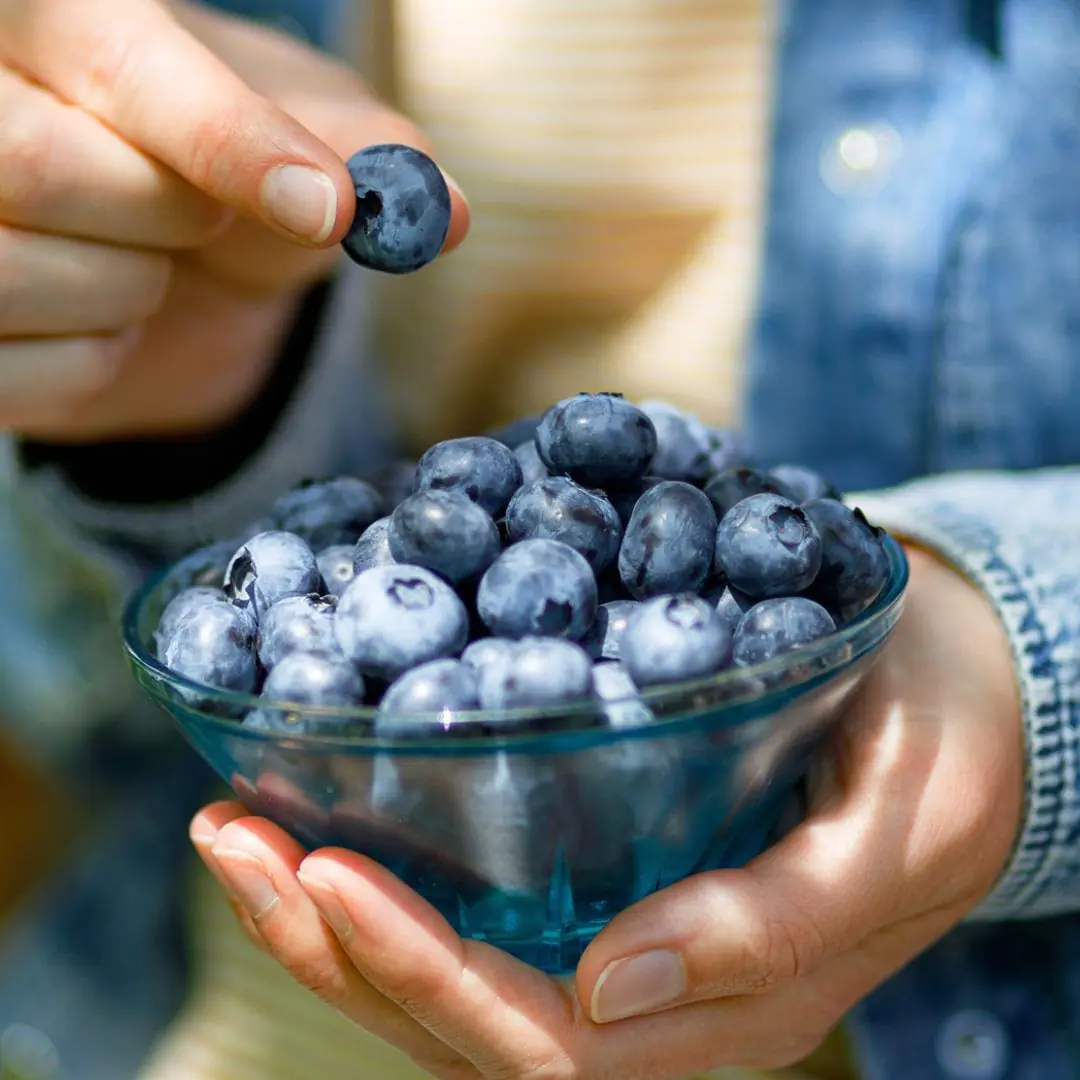
Here's What Eating Blueberries Every Day Does to Your Body, Says a Registered Dietitian
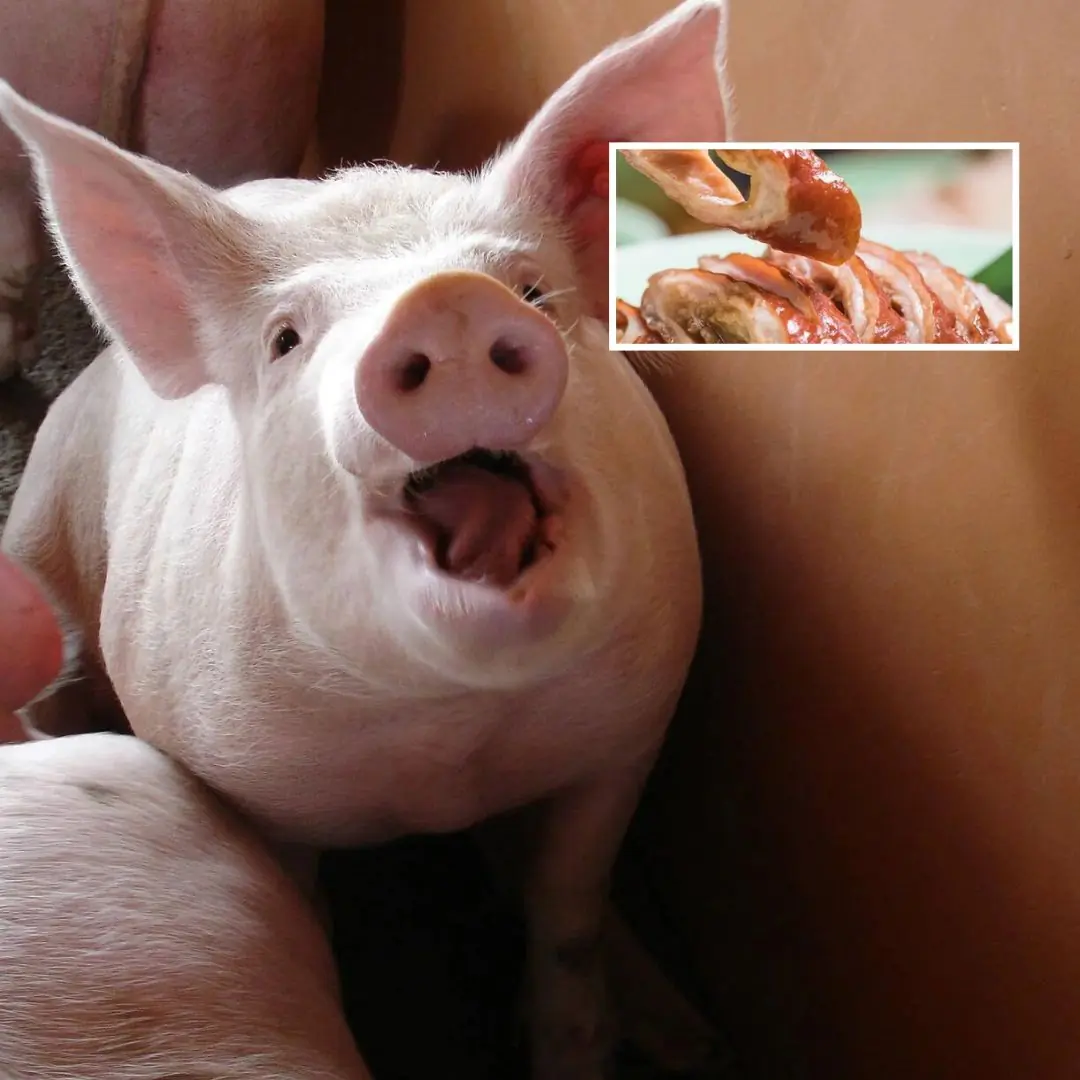
No matter how delicious they are, don't eat these 5 parts of the pig or you'll get si.ck

5 common foods that ha.rm your li.ver
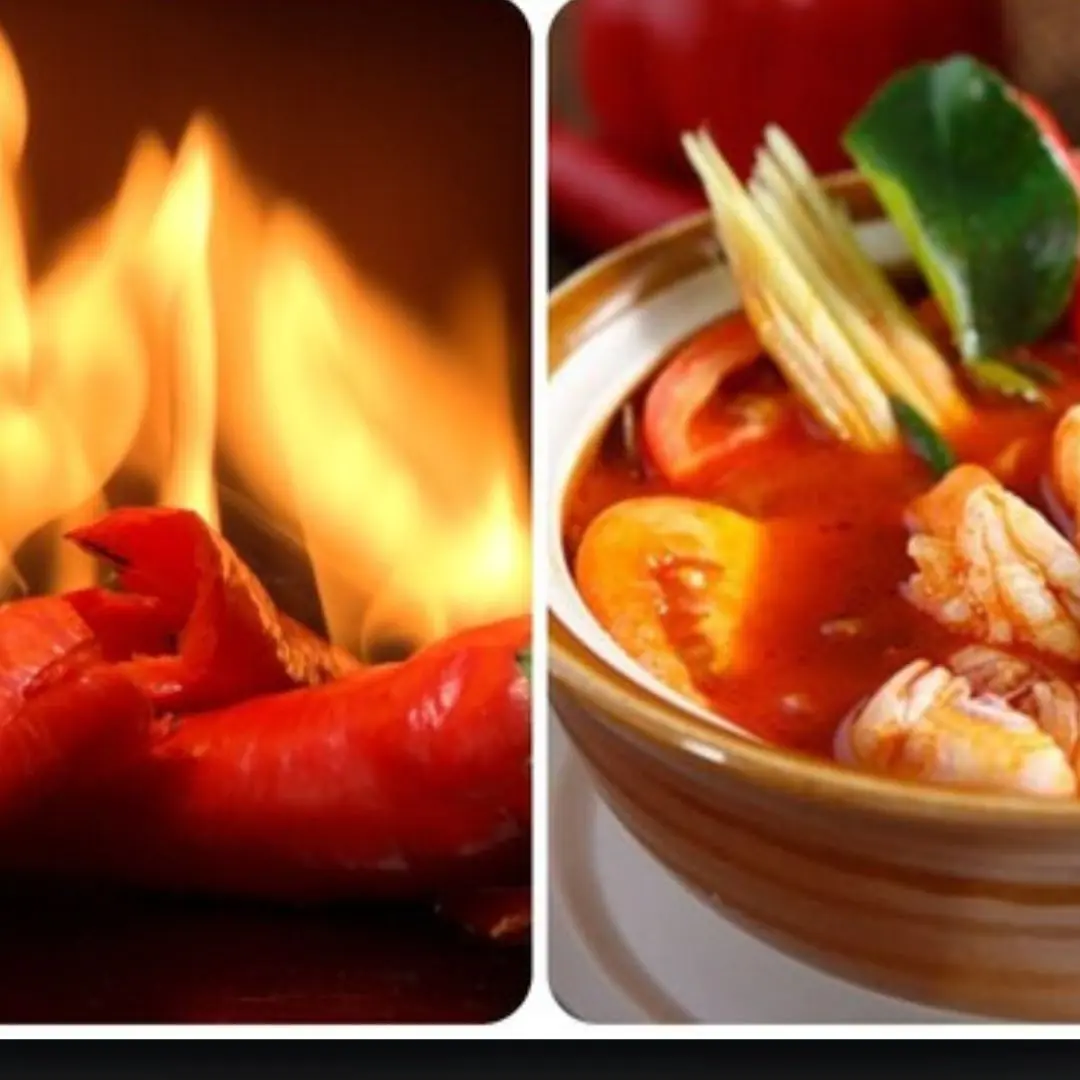
Tips to fix food that is too spicy when cooking
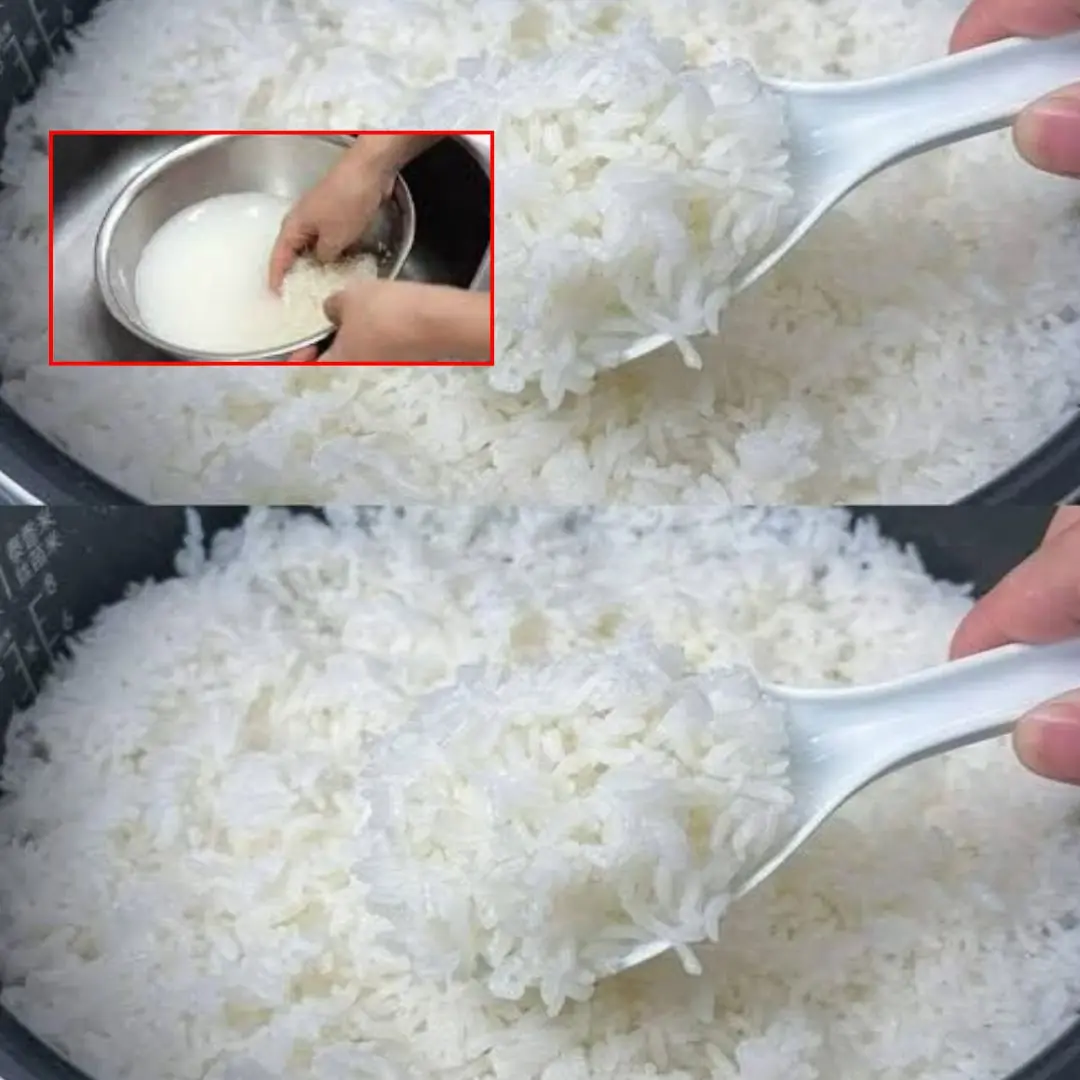
Adding only water when cooking rice is a big mistake. I will share with you the secret that hotels use

Cardinal Robert Francis Prevost elected as 267th pope, takes name Leo XIV
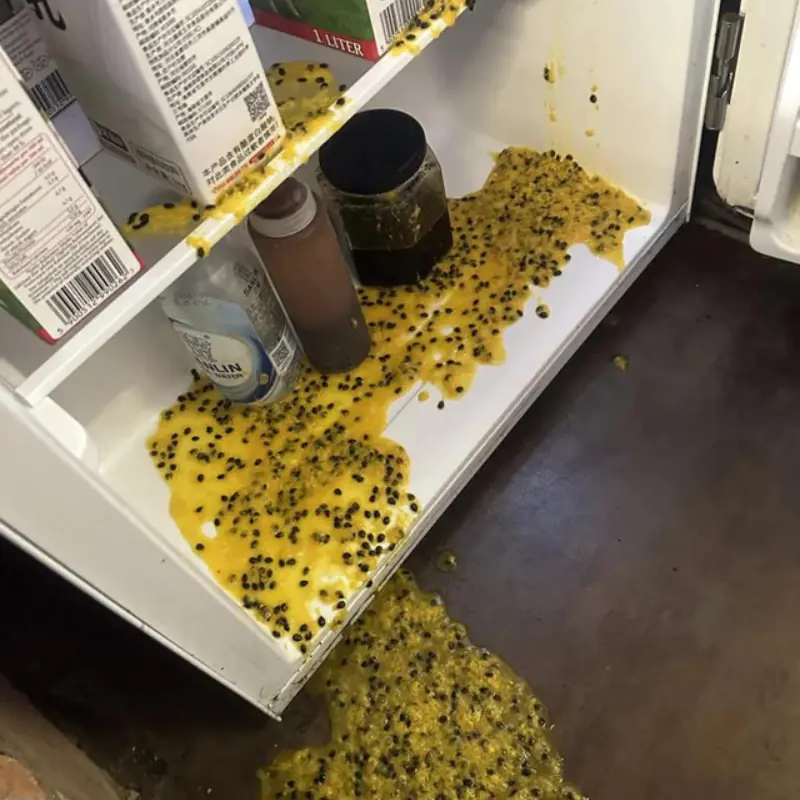
Take These 5 Items Out of Your Fridge Now One Day They Could Actually "Explode"
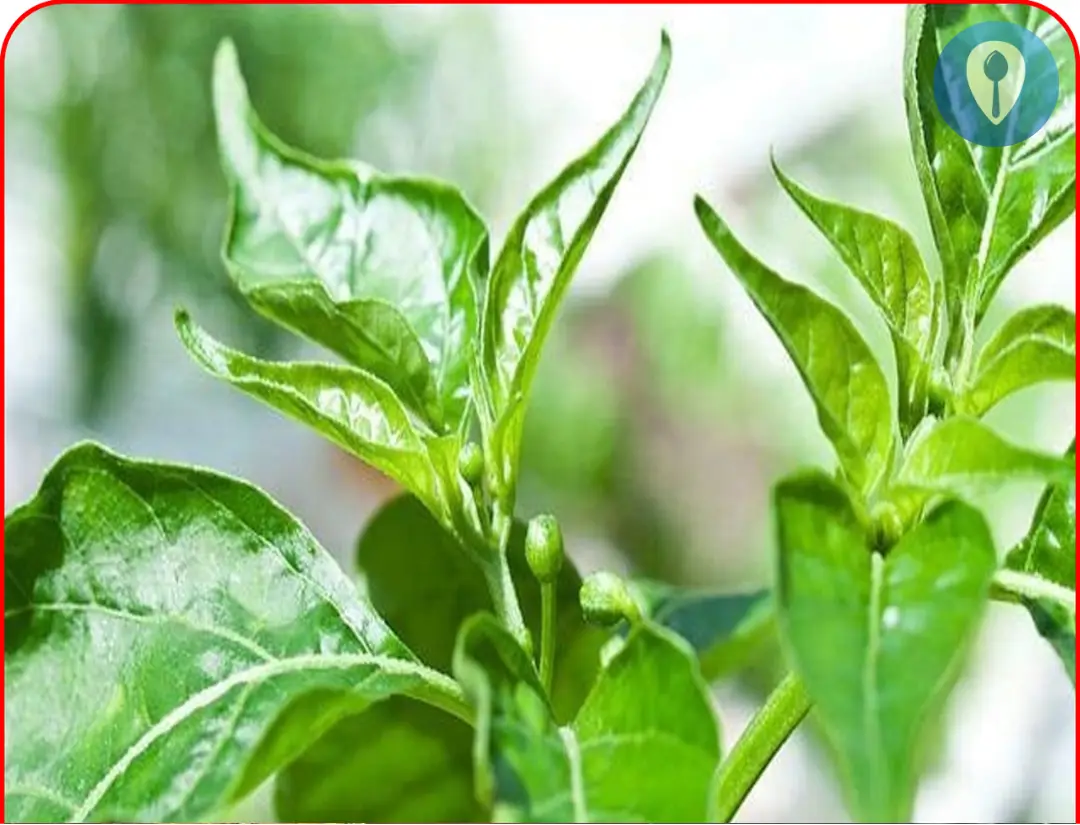
This type of leaf contains calcium

Is it right to close the door tightly when using the air conditioner
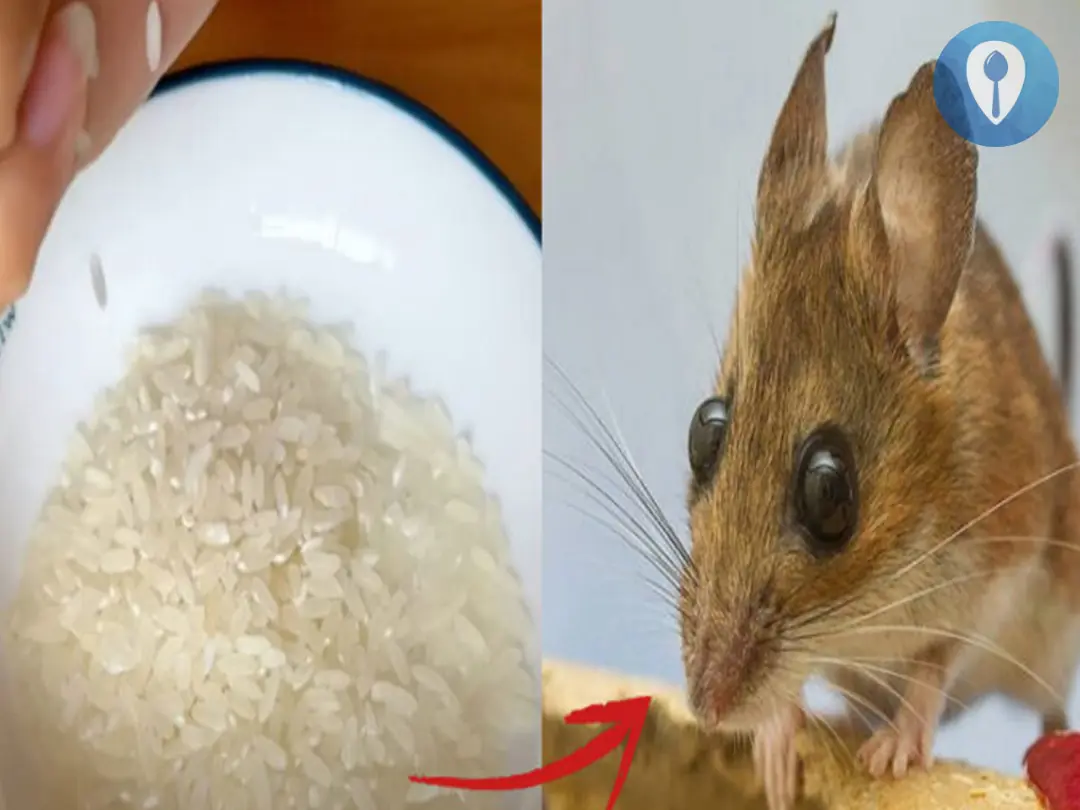
How to chase away a bunch of rats with just a handful of rice, without using toxic baits

5 Eye Symptoms That May Signal Your Li.ver Is Crying for Help – Women, Don’t Ignore These if You Want to Stay Healthy Every Day
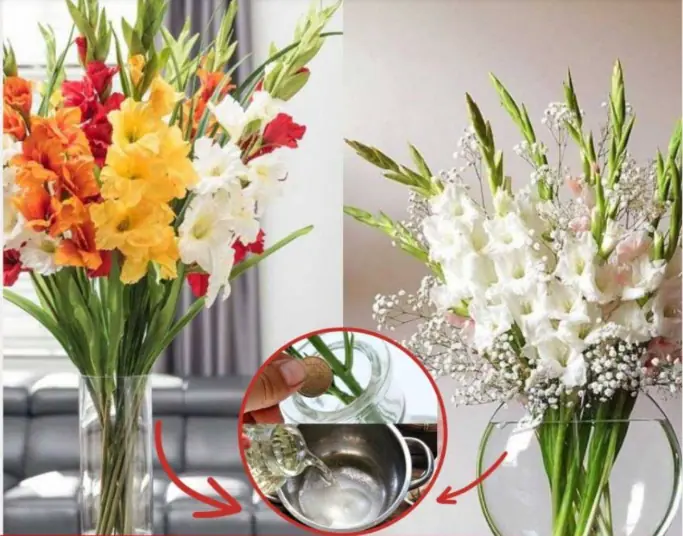
Tips to keep your flowers fresh
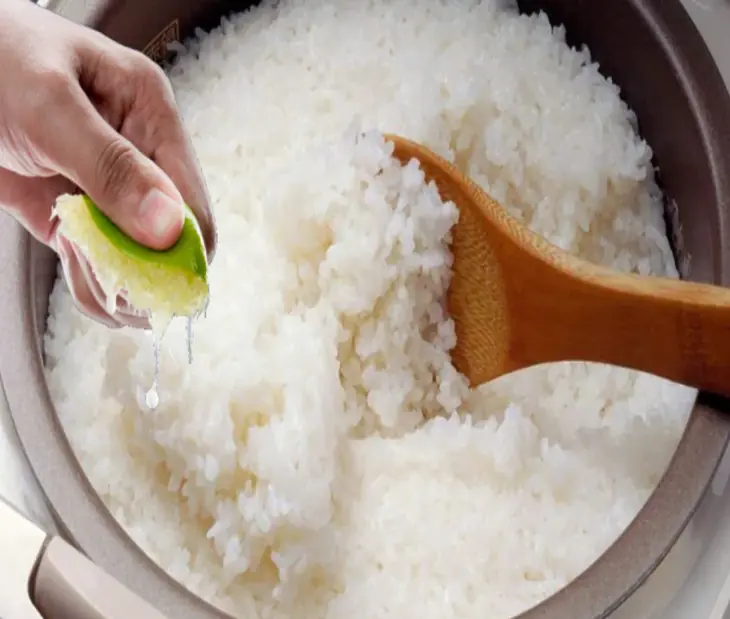
Tips to make rice more delicious that not everyone knows

8 Plants You Should Never Grow Indoors—and What You Should Plant Instead

How to pick a sweet and juicy cantaloupe melon
